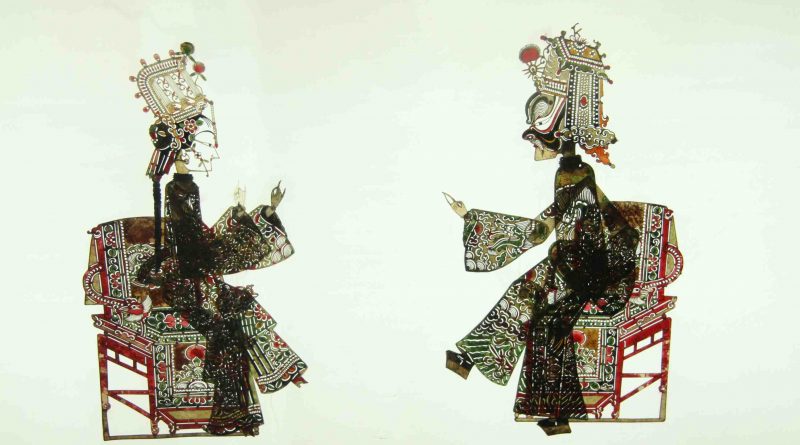



The existing western school was formed during the Zhengde (1506-1521) reign in the Ming Dynasty. Later, the east school gradually became extinct. In the early days, the art of Beijing shadow puppetry was divided into the east school and the west school. Beijing Shadow Puppet Theater, with its complete unique carving techniques, figurine modeling, and performing and singing system, stands out from other branches in China. In China, the shadow puppet theater has many different branches. Originating in the capital of the Western Han Dynasty in Shaanxi Province, shadow puppet art is the first art in the world to have voice acting, which thus gave it the name “father of modern filming.” During the performance, silhouettes of the figurines can be seen clearly performing various moves on a white curtain with a bright light setup in the background. Artisans carve all kinds of figures out of animal (cows, donkey, horse or sheep) hides and then paint them. It combines carving, singing, and storytelling with lighting and shadows. Shadow Puppet Theater, or leather-silhouette show, is a drama art unique to China. Holding up the thin poles that support the shadow puppet figurines behind a white curtain brings great pleasure to many young people and children. With seemingly simple props, it is actually a comprehensive art that includes modelling, carving, performance, and more. Originating during the Western Han Dynasty about 2,000 years ago, the Chinese shadow puppet theater art today is not only a national intangible cultural heritage item of China, but has also been acknowledged by UNESCO as a world cultural treasure. This is the earliest legend regarding China’s shadow puppet art. Then in the sunlight, the leaf’s shadow was cast onto the curtain, the sight of which greatly comforted the emperor. Seeing that the emperor missed Li so much, he tore a leaf from a broad-leaved tree and made a silhouette of the lady with it. The idea for this art is said to be conjured up by an aide of the emperor named Li Shaofeng. Two thousand years ago, it was on such a magical curtain that Emperor Wudi (156-87 BC) of the Western Han Dynasty (206 BC-AD 24) enjoyed views of his beloved consort surnamed Li, who had passed away some time earlier. Everyone’s attention is glued to the curtain, and the small world is immersed in the shadow puppet art. Both children and adults sit riveted to their seats amused by the fascinating legends or moving classic love & hate stories acted out by the shadow puppets. Audiences on the other side of the curtain see silhouettes flip around, walk or talk like real human figures. In a dimly-lit courtyard, as the overture begins to play, actors sitting behind a white curtain in front of a bright light begin to perform plays using small leather puppets mounted on the end of sticks.


 0 kommentar(er)
0 kommentar(er)
